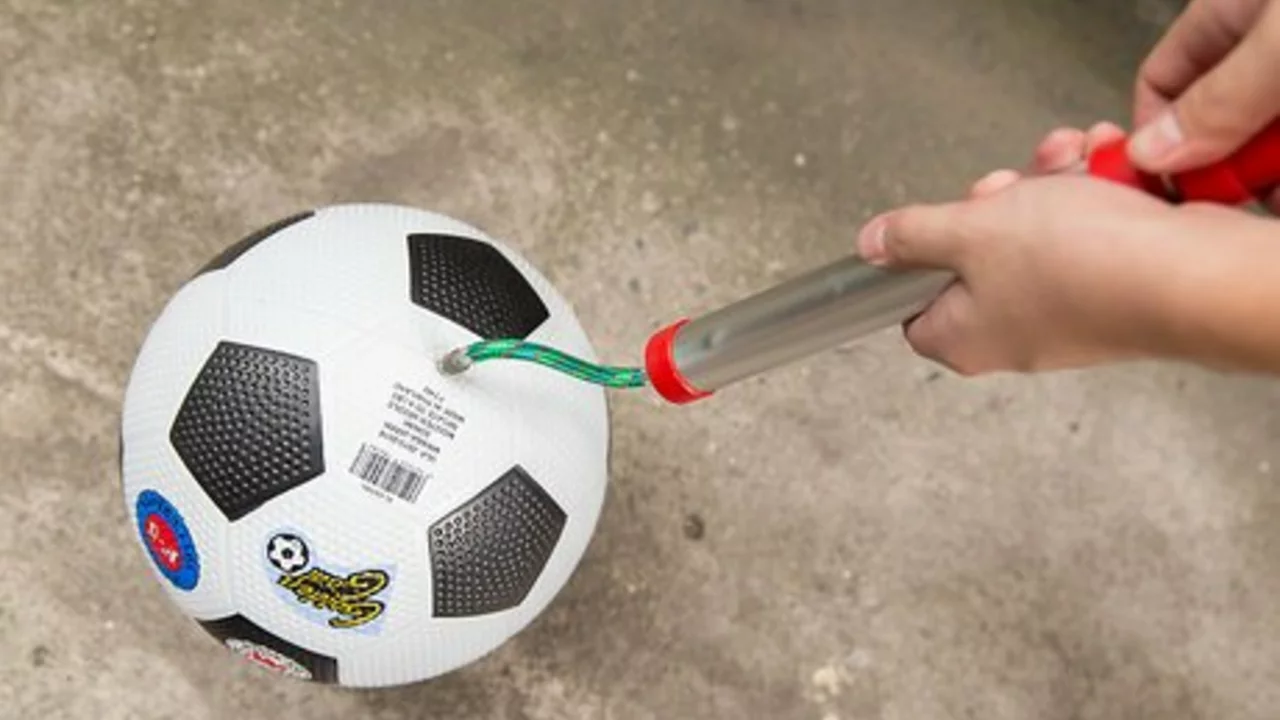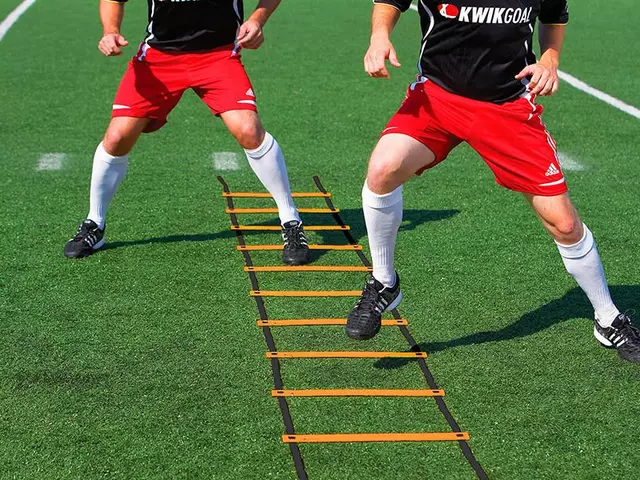The Science Behind A Properly Inflated Soccer Ball
Alright folks, let's kick this thing straight across the mid-field line: would you believe me if I told you that understanding the proper inflation for a soccer ball #5 is just as critical as nailing that corner kick? And I assure you it's not all hot air... no pun intended. You see, the atmospheric dance between your foot and that round orb largely depends on just how much air is sitting pretty inside the ball. Too much or too little can significantly alter your ball's behavior, from the bounce to the kick, and can even tug the strings of the match’s outcome. It's almost like a culinary recipe, where an ounce more or less can turn your perfect roux into a kitchen catastrophe.
The Sweet Spot: Ideal Pounds of Air for a Soccer Ball
Let's cut to the chase and answer the million-dollar question: just how many pounds of air should a soccer ball #5 carry? The International Football Association board, FIFA's rule-making body, provides the following guideline: a soccer ball should be inflated to an air pressure between 8.5 psi to 15.6 psi. That's pounds per square inch for my non-tech savvy friends, and that's the sweet spot you should aim for. Remember, too over-inflated and your ball might pop like a festive balloon. Too under-inflated, and it might tragically behave more like a bag of sand than a precise piece of sports equipment. Oh, and keep in mind, if you’re hitting the streets with a Futsal or indoor soccer ball, the ideal pressure is noticeably lower, usually around 4 psi to 6 psi. Those numbers aren’t random, they’ve been painstakingly perfected through years of trial, research, and running up and down fields.
Understanding Your Pump Gauge: The Numbers Game
Okay, so now we know our ideal PSI range, but how do you translate that to your pump's gauge? What does it mean to inflate a ball to 15.6 psi? Could we not just fill it till it felt hard enough and call it a day? Oh, if life were only that simple! But thankfully, most pumps come equipped with reliable gauges. Yet it's rare for a manual pump to show you the precise measurement. Instead, they show increments. It might read 0, 5, 10, 15, 20, which loosely represents pounds per square inch. This scenario often causes confusion and may lead us to overinflate or underinflate our balls, something we don’t like. So, try to find a pump with a pressure gauge to make things easier and more accurate.
Why The Fuss Over Ball Inflation? Handling Impact and Speed
Now, you might wonder why this much technicality even matters. Can't we play with a semi-deflated or super-inflated soccer ball? Well, I’ll relate an incident where my golden retriever Buster once made off with my soccer ball. Trust me: trying to kick a gnawed, under-inflated piece of sports gear is less fun than you'd think. A properly inflated ball performs better, handles impact with dignity, and moves in a predictable manner. Too little air, and the ball absorbs the foot's impact, causing it to move sluggishly. Too much air, and it’s akin to kicking a rock; aside from the potential for injury, the ball might ricochet instead of rolling and the game quickly becomes a wild goose chase.
Frequent Checking: Ode to the Ever-Leaking Air
Finally, let me sing an ode to the ever-leaking soccer ball. Unfortunately, soccer balls tend to lose their air over time. Even though minimal, air does escape, which means your ball won't stay at that perfect 8.5 to 15.6 psi forever. It's like a car tire or even good ol' Buster's favorite swimming floatie. So, make sure you check the pressure frequently, especially before important matches. Additionally, always keep your pump nearby. It's like the water bottle on the sidelines; you might not always need it, but when you do, you'd be grateful it's there.
In Conclusion
Soccer, like all beautiful things in life, has numerous fine details that can make a huge difference. Understanding the science behind a properly inflated ball can help you both in personal games and more organized football sessions. So, never dismiss the power of ideal inflation. It separates the professionals from the recreational players, the perfect strike from a wayward pass, and sometimes, the winning team from the runners-up. As the saying goes, it's not just about the air, it's about the precisely measured, adequately maintained, and patiently filled pounds of air. So, inflate wisely, play passionately, and remember, it's all part of the beautiful game.



